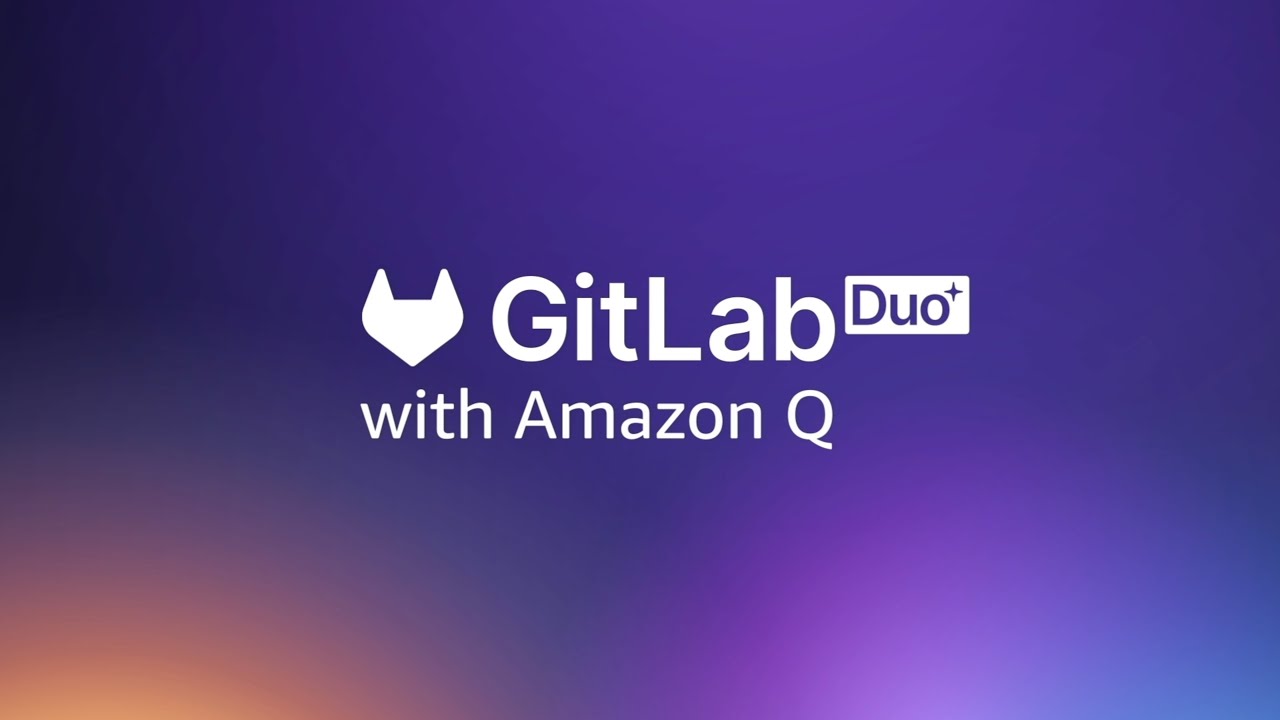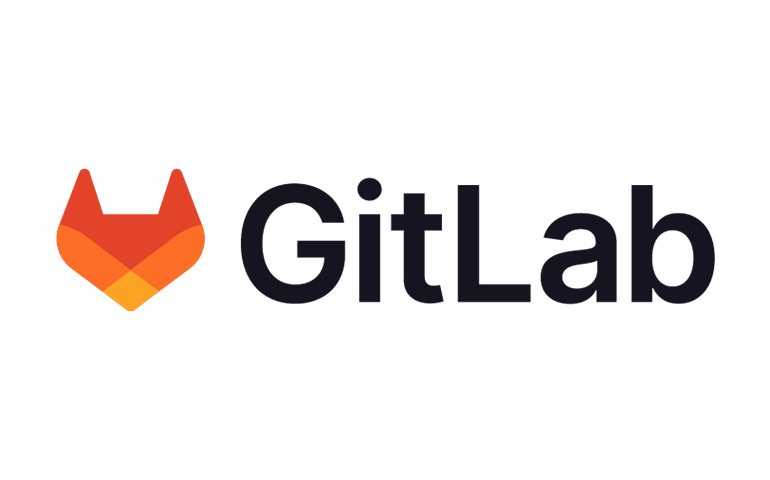GitLab: The All-in-One DevOps Platform for Modern Software Development

"This post contains affiliate links. If you click on these links and make a purchase, we may receive a small commission at no extra cost to you. Thank you for supporting our work."
In today’s dynamic software development landscape, speed, collaboration, and efficiency are crucial. DevOps methodologies have emerged to address these challenges, promoting a culture and set of practices that unite development (Dev) with IT operations (Ops). A key component in many successful DevOps implementations is GitLab, a single, comprehensive platform that spans the entire software lifecycle, from planning and coding to security and delivery. This article takes an in-depth look at what GitLab is, its core features and benefits, and why it has cemented itself as an indispensable tool for developers and organizations worldwide.
What is GitLab?
GitLab provides a software service called GitLab SaaS, which is an open-source platform for developers. Users can use all of GitLab's powerful features from the web, without the need to configure, tune, or maintain their own systems. GitLab is known as "the DevOps platform" because it offers a collection of tools that work together to support every part of the software development process.
Unlike other solutions that require the use of multiple tools from different companies, GitLab provides a single, seamless experience. This streamlines processes, reduces system complexity, and improves teamwork across machines.
Main Features of GitLab
GitLab is rich in features, built to streamline every stage of software development:
1. Source code management (SCM) and version control: This is the work that allows us to organize, plan, and monitor progress and changes in software development. Furthermore, this type of system allows programmers to work more efficiently as a team, ensuring they are always synchronized and allowing them to seamlessly revert to previous versions of code.
- Git Repositories: Provides unlimited public and private Git repositories to store source code.
- The branching and merging functionality itself is like its workflow (e.g., GitFlow). This functionality allows teams to work on multiple workflows simultaneously and unify their work in a more secure and structured way.
- Code reviews: These are platforms through which people in different user groups can comment on code and make any necessary changes.
2. “Constant Integration and Execution/Applicability, CC/CD GitLab CI/CD:
- Supports automated strategies: Allows you to automate building, testing, and constructing your application whenever any part of the source code is modified.
- Configurable pipelines: Pipelines are configurable by a .gitlab-ci.yml file that must be hosted in the root of the repository project's remote or local location.
- Executors: Executors produce some work in a CI/CD pipeline and are available in either splittable work or labor responses.
- Auto DevOps: Auto DevOps means that you do not need to do anything other than manage, administer, or interact manually with the application, being able to review or monitor through graphics.
3. Incident monitoring:
- Task Management: A robust system for creating, assigning, and tracking tasks, bugs, items, feature requests, and more.
- Issue Boards: Kanban work board for tracking issue workflow.
- Milestones and epics: To group work into releases, epics, and major features.
4. GitLab and the agile project management model:
- Not to mention issue boards, it also supports various agile methodologies by integrating sprint planning, burndown charts, and project portfolio management tools.
5. DevSecOps Integrated Security:
- SAST (Static Application Security Testing): Static analysis of source code to coordinate potential vulnerabilities.
- DAST (Dynamic Application Security Testing): Advantageously, dynamic testing of applications running on the web.
- Dependency Scanning: Scan for locally vulnerable third-party libraries.
- Container Scanning: Examines Docker containers to find previously known security features. Secret Management: Secure interface for generating, managing, and storing secrets.
6. Container Registry:
- Integrated private registry for storing and managing Docker schemas, anchored in GitLab CI/CD.
7. Wiki and Documentation:
- Each project uses its own wiki to facilitate documentation, i.e., collaboration and knowledge storage.
8. Monitoring and analysis:
- Software and infrastructure performance monitoring activities; development lifecycle analysis to identify bottlenecks.
9. Collaboration:
- Snippets such as features, project and user groups, and detailed notifications all contribute to fostering healthy collaboration.
Watch Video:
Advantages of Using GitLab
Adopting GitLab has multiple benefits:
- Single, Simplified Platform: This reduces the need to acquire, associate, and maintain multiple partners with moments, preventing “tool fatigue” and the costs that come with it.
- Increased efficiency and speed: With automation, through CI/CD and synchronization between sequences, software delivery cycles are significantly accelerated.
- Improved collaboration: With a single source of truth for code, issues, planning, and deployment, teams work more effectively.
- “Shift Left” Security: Integrating security testing early into the development cycle helps identify vulnerabilities and mitigate them, reducing risks and costs.
- Scalability and Maintenance Reduction (SaaS): As a SaaS platform, GitLab manages infrastructure, maintenance, and updates, allowing teams to focus on development and maintenance.
- Transparency and visibility: Provides insight into the progress of development, code quality, and deployment.
GitLab. vs. GitLab Autoalojado (Self-Managed)
It's essential to note the difference between GitLab and self-hosted GitLab. GitLab is a SaaS offering; GitLab allows organizations to download and install software on their own infrastructure (local or cloud-based). The choice between these two is based on
- GitLab: Ideal for any team looking to get started as quickly as possible, with minimal administration, and without having to manage the underlying infrastructure. It offers free and paid plans and multiple feature levels.
- Self-hosted GitLab gives the organization control over the instance, customization, and compliance with custom security and regulatory requirements. The organization must manage, install, maintain, and update the GitLab.
Who is GitLab for?
GitLab is suitable for a wide range of users and organizations:
- Individuals and freelancers: You can use Fierow's free private repositories and tools to support your individual projects or projects.
- SMEs and startups: Provide access to a high-end DevOps platform at a cost-effective price, as it does not require significant infrastructure investment or complex deployments.
- SMEs to large enterprises: Muchimete uses the self-hosted version in part because of its advanced control, but many large enterprises today use GitLab for physical teams or for small projects where the rapid, one-time DevOps integration supported by a SaaS is appreciated.
- Open-source projects: powerful tools for community development and collaborative development.
In summary:
GitLab has gained maturity as a leader in DevOps due to its complete software lifecycle solution. The single-focused application, combined with several robust features, such as version control, CI/CD, configurable security, and even a combi-tools tool, makes it an attractive option for individuals and companies looking to modernize their development practices. By shortening the toolchain and promoting collaboration, GitLab improves efficiency and delivery. Furthermore, desperately, it helps develop more secure and higher-quality software in the midst of today's well-informed youth. Being upright efficiently.
Don't fall behind in software development. Commit to GitLab to advance toward efficiency and collaboration with its amazing tools!
Join the DevOps community and start building better, faster, and more secure software!
What did you think of this post?
Leave us your thoughts in the comments. Your feedback is invaluable to us!

